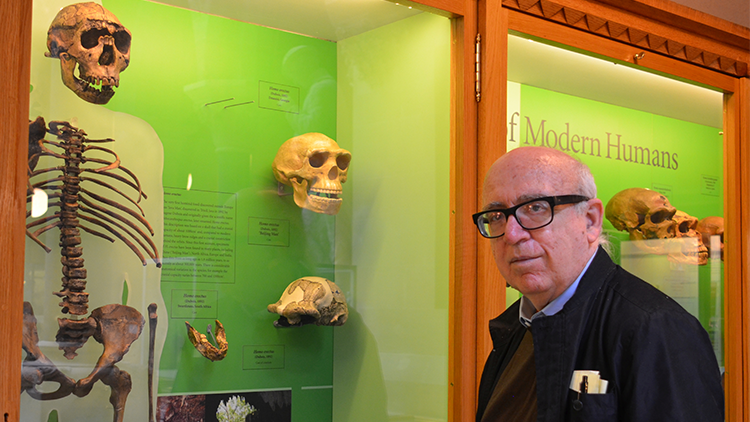"The Mayavadi philosophy is veiled Buddhism." In other words, the voidist philosophy of Buddha is more or less repeated in the Mayavadi philosophy of impersonalism, although the Mayavadi philosophy claims to be directed by the Vedic conclusions. Lord Siva, however, admits that this philosophy is manufactured by him in the age of Kali in order to mislead the atheists."
Teachings of Lord Caitanya, Chapter 19

"....Sankaracarya taught that the Absolute Truth is impersonal, and thus he indirectly denied the existence of God. Sankaracarya's mission was special; he appeared to reestablish the Vedic influence after the influence of Buddhism. Because Buddhism was patronized by Emperor Asoka, twenty-six hundred years ago the Buddhist religion practically pervaded all of India.
According to the Vedic literature, Buddha was an incarnation of Krsna who had a special power and who appeared for a special purpose. His system of thought, or faith, was accepted widely, but Buddha rejected the authority of the Vedas. While Buddhism was spreading, the Vedic culture was stopped both in India and in other places.
Therefore, since Sankaracarya's only aim was to drive away Buddha's system of philosophy, he introduced a system called Mayavada.
Strictly speaking, Mayavada philosophy is atheism, for it is a process in which one imagines that there is God. This Mayavada system of philosophy has been existing since time immemorial. The present Indian system of religion or culture is based on the Mayavada philosophy of Sankaracarya, which is a compromise with Buddhist philosophy. According to Mayavada philosophy there actually is no God, or if God exists, He is impersonal and all-pervading and can therefore be imagined in any form. This conclusion is not in accord with the Vedic literature. That literature names many demigods, who are worshiped for different purposes, but in every case the Supreme Lord, the Personality of Godhead, Visnu, is accepted as the supreme controller. That is real Vedic culture.
 Those who compromise in preaching grant themselves a license to compromise their practices. For maya is such that if we give her a little room, we will adjust more and more until we end up becoming totally mundane. Better stick to our principles and be proud of them. Even if initially devotees are somewhat fanatical and immature, if they are sincere Krsna will bless them with transcendental intelligence, and they will gradually gain experience in how to preach effectively.
Those who compromise in preaching grant themselves a license to compromise their practices. For maya is such that if we give her a little room, we will adjust more and more until we end up becoming totally mundane. Better stick to our principles and be proud of them. Even if initially devotees are somewhat fanatical and immature, if they are sincere Krsna will bless them with transcendental intelligence, and they will gradually gain experience in how to preach effectively.




















